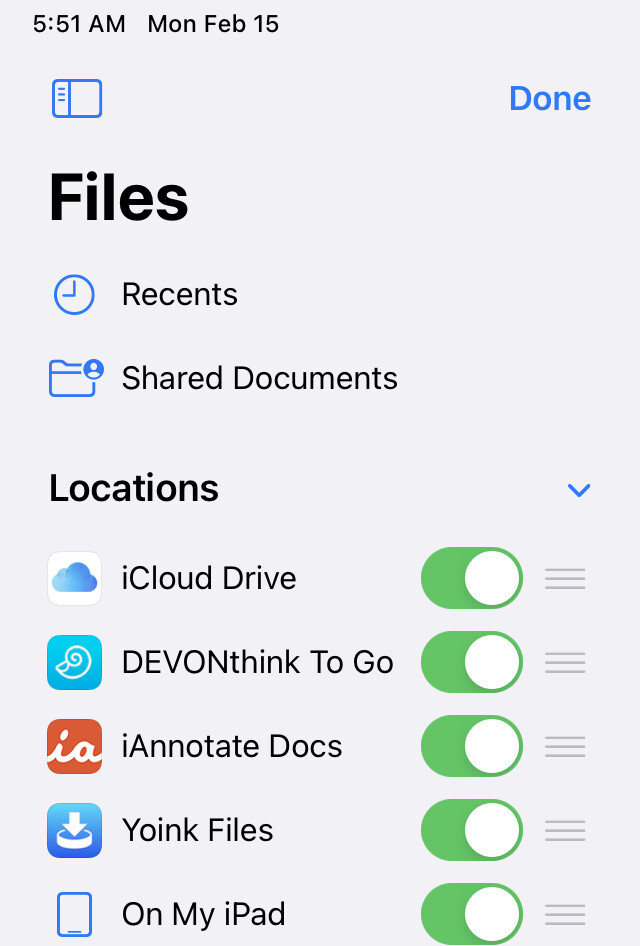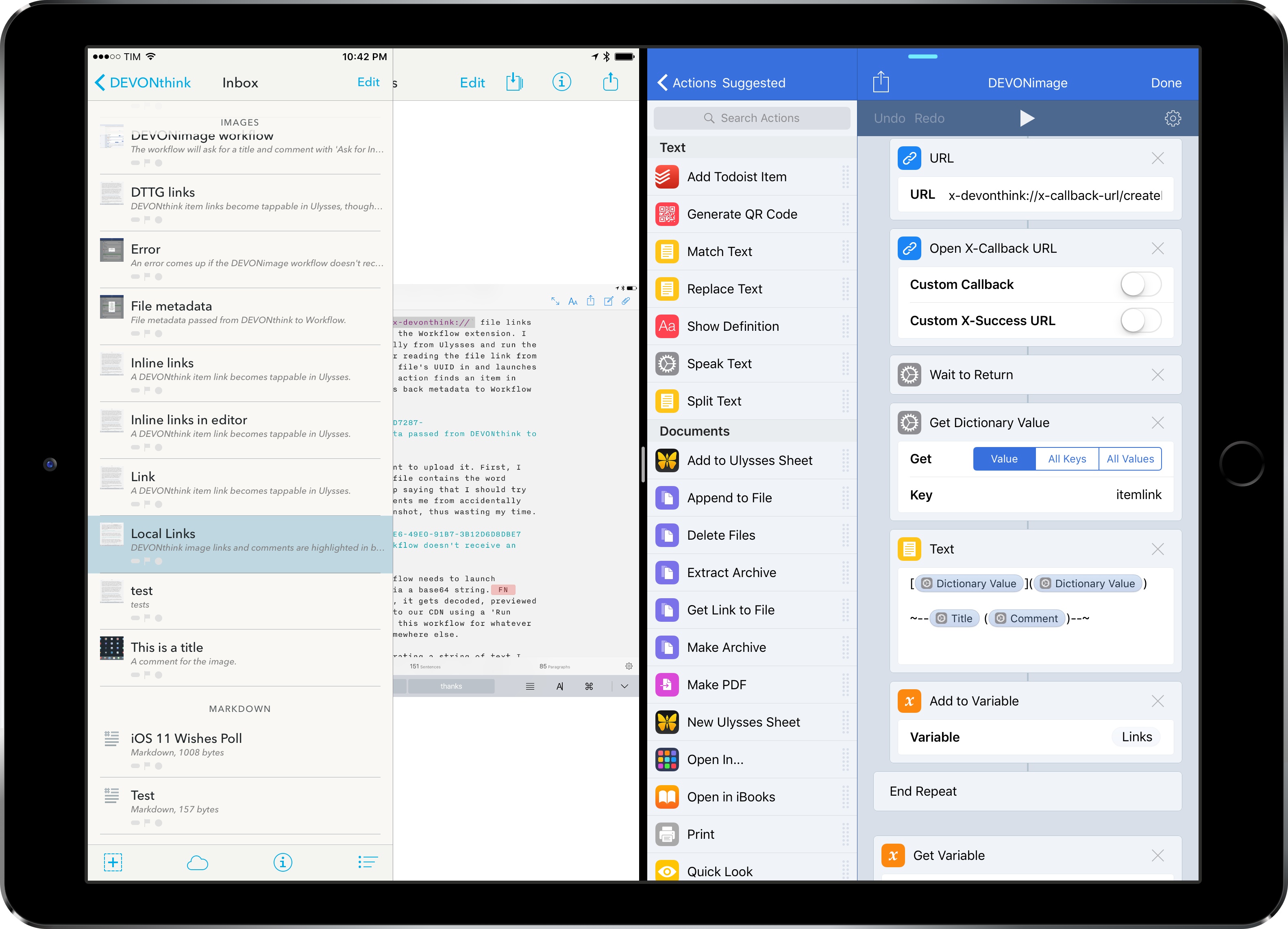

- How to use devonthink to go how to#
- How to use devonthink to go pro#
- How to use devonthink to go free#
You can pull in mail and keep it within the database to help free up space within your primary mailbox. What else can I manage in DEVONthink?Īny information, from bookmarks to PDFs to emails, can be managed or kept within the database.

How to use devonthink to go how to#
Search with Highlighting How to get things into DEVONthink You do need to turn on the fuzzy logic feature for your search, but with a click okay, you are off and running. The search doesn't stop there it also supports fuzzy logic so you can find documents by getting close you don't need to remember exactly what something is called to locate it. I can find anything from the search box in the upper right hand corner by title, tags, groups, or metadata, just to name a few. Sure I have to remember to save things in the database, but once they are in there. Searchįor me, this is where its at with DEVONthink. I also noticed that updates to the files contained within the database were immediately reflected in an open preview for one of my stored documents. Using smart groups can save time and cut down the number of groups that need to be managed manually. When information no longer matches those criteria, it is removed from the group automatically. These are groups defined by criteria similar to search criteria if a piece of information matches the criteria for a smart group, it will be added to that group automatically. To speed up the grouping process for particular types of information, you can create smart groups. Think of this as a folder style view to help with sorting and overall organization. These are more directly related for example, I have created a group for TechRepublic posts within DEVONthink to keep my post submissions together. Similar to tagging, grouping allows you to pull similar documents together.

Using tags can increase productivity by decreasing the time needed to find documents you have added to the database. DEVONthink supports this as well, allowing tags to be added to every document, item, or folder stored within the database. Those of us with blogs or who use the Internet regularly are likely familiar with the idea of tagging - adding keywords to your posts that help them be found more easily.
How to use devonthink to go pro#
Figure AĭEVONthink Pro Office (click to enlarge) Tagging This is a feature I was not expecting, but is definitely a pleasant surprise. When I edit it from within the database, Word does all the work, but the save goes back to the database and all changes are kept. For example, this post was stored in DEVONthink as a Word document. When working on documents stored in the database, you can access a preview of a document from the DEVONthink application as well as push it out to be edited by the application associated with the document. Using tags and groups to classify your data, DEVONthink helps to make you more productive by storing your information in a very searchable manner.Ĭontent can be imported into the database from Finder, email, web bookmarks, and pretty much any other source you can think of. What is DEVONthink?ĭEVONthink is a database for tagging and tracking information of all kinds. While surfing the Internet to solve a different problem, I came across DEVONthink and was a intrigued to see if it could help me manage my information.

The volume of data that needs to be tracked, on my laptop alone is astounding and to do that using the traditional file/folder hierarchy becomes less useful with each document. Keeping track of documents, files, and folders becomes increasingly more challenging everyday.


 0 kommentar(er)
0 kommentar(er)
